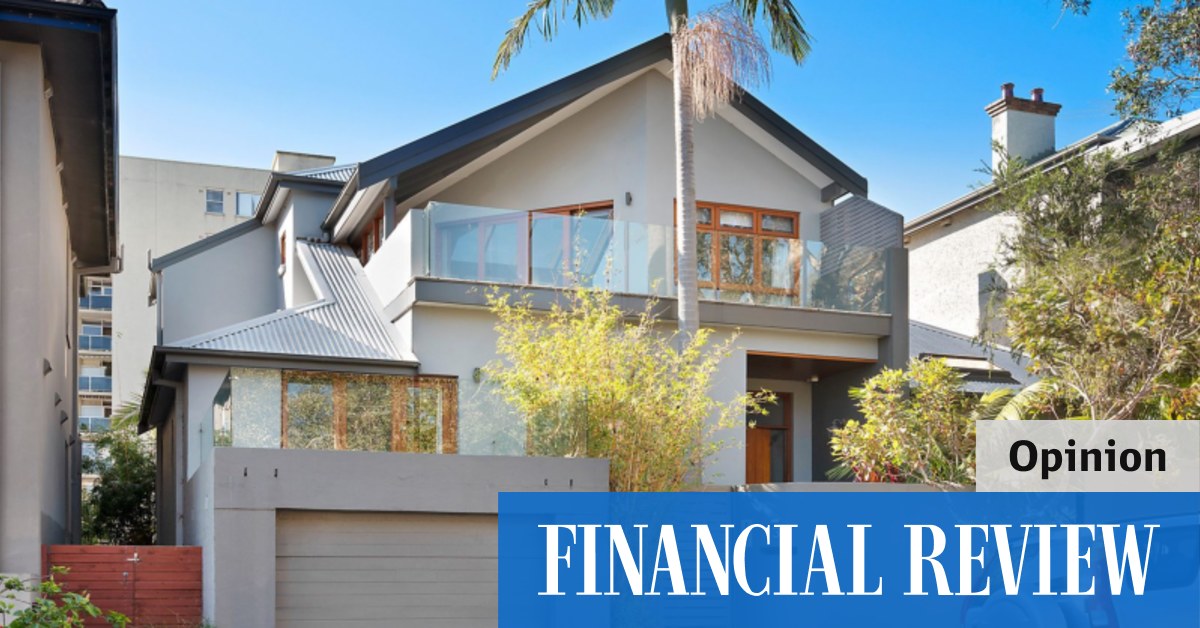“They’re in park as opposed to fifth gear at the top end.”
Now, this is a sharp reversal of the usual pattern. Typically, when house prices fall, it’s the top end of the market that suffers the most savage declines.
Few can forget the eye-watering falls in house prices seen in prestige Sydney suburbs such as Mosman and Double Bay following the 2008 financial crisis.
Of course, there is a solid economic reason why the top end of the market is more vulnerable.
At the lower end of the market, a growing population feeds into an increasing demand for housing. But the value of housing is underpinned by the cost of bringing new houses to market – the cost of the land, for instance, and construction costs.
This effectively puts a floor under housing prices at the lower end of the market because developers have very limited scope for reducing the cost of new housing. This is especially the case when construction costs are soaring, as they are now.
As a result, even if mortgage rates rise sharply, the drop in house prices at the lower end of the market tends to be more moderate.
But at the top end of the market, a very high proportion of the cost of a prestige house reflects the cost of land, rather than the cost of construction.
And the cost of land at the top end of the market is a function of demand. Typically, the combination of rising interest rates and a slowing economy causes demand to drop sharply.
And this translates into a steep drop in land values. And because land values at the top end of the market aren’t determined by, say, the cost of putting in roads, or building sewerage, land prices are much more responsive to general economic conditions.
What’s more, as bankers are aware, many people at the top end stretch themselves to the limit to afford expensive housing.
But the rise in interest rates – combined with falling share markets and the collapse in the value of digital currencies – mean that many new buyers are unlikely to want to pay the inflated prices that properties were trading at 12 months ago.
So why are prestige property prices so robust at present?
The most likely explanation is that there is a relative dearth of such properties on the market, and a sizeable cohort of buyers, including international buyers, and returning expats, with large chequebooks.
But if that’s the case, we should expect to see property values at the top end of the market drop sharply once this temporary imbalance between supply and demand is cleared.
Indeed, as the Financial Review’s Nila Sweeney reported this week, house prices in some of the most expensive suburbs are now tumbling four times faster than the national average.
For instance, house prices in the Sydney northern beaches suburbs of Pittwater and Manly recorded price drops of 8.8 per cent and 7.4 per cent respectively in the July quarter, compared with a 2.2 per cent drop in the median house price nationwide.
Still, this could partly reflect an unwinding of the outsized gains these suburbs notched up in the past two years.
In Pittwater, for instance, house prices jumped by 53.3 per cent from the COVID-19 lows to the peak, but values have since dropped by 10.1 per cent in total.
